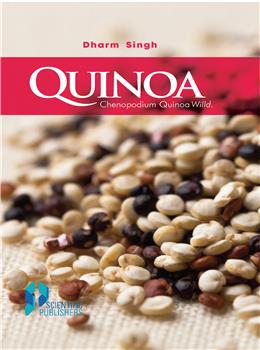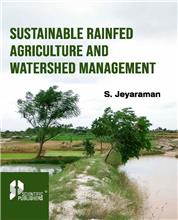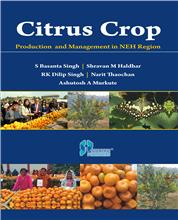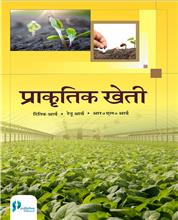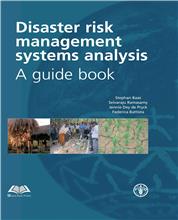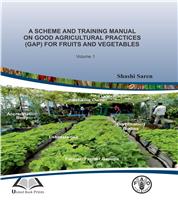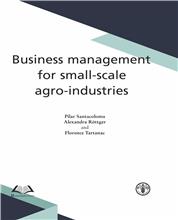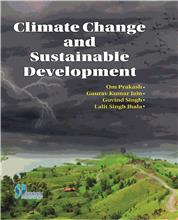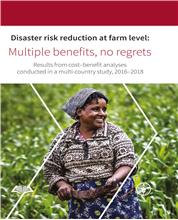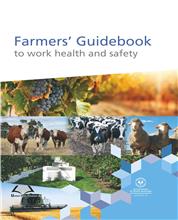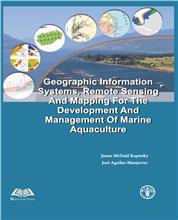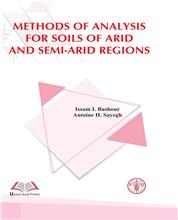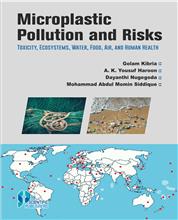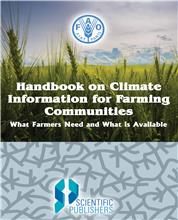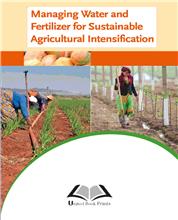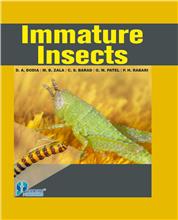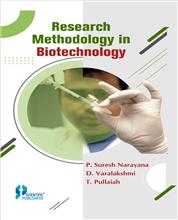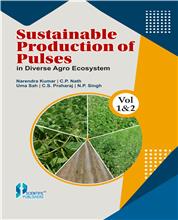i. Dedication
ii. Messages
iii. Foreword
iv. Preface
1. Food and Nutritional security – A major challenge
1.1 Introduction
1.2 Global Hunger Index
1.3 State of global hunger and mal-nutrition.
1.4 State of hunger and mal-nutrition in India.
1.5 Food security
Key factors responsible for food crisis
Key factors responsible for Mal-nutrition
1.6 Food loss and food wastage
1.7 Need to solve problem of food in-security and mal-nutrition in India
1.8 Measures to erradicate poverty and mal-nutrition
1.9 Role of quinoa in food security
2 . The Quinoa – A healthy food of future
2.1 Introduction
2.2 Special facts and features of quinoa
• General facts and features
• Genetic features
• Nutritional features
• Therapeutic features
2.3 Adaptability to climate change and marginal environment
2.4 Role of quinoa in human nutrition and health
2.5 Future prospects of quinoa development in India
2.6 Challenges in scaling up quinoa production in India
2.7 Role of FAO and ICBA in quinoa development in the world
2.8 International Year of Quinoa - 2013
3. Origin, History and distribution
3.1 Origin
3.2 Historical, Archeological and cultural background
• Historical background
• Archeological background
• Cultural background
3.3 Geographic distribution
3.4 Global production scenerio
• Quinoa producing countries
• Quinoa export-import
• Exporting countries
• Importing countries
3.5 Status of quinnoa production in Inia
4. Botanical description
4.1 Introduction
4.2 Texonomic classification
4.3 Quinoa and Indian bathua
4.4 Genetic description
4.5 Nature and growth habit
4.6 Morphology of quinoa plant
4.7 Seed biology
• Seed structure
• Seed embrio
• Seed germination
• Seed dormancy
• Grain quality
4.8 Reproductive biology
5. Genetic diversity, species and varieties of quinoa
5.1 Genetic diversity
5.2 Types of quinoa
• According to taste
• According to the color
• According to ecotypes
5.3 Varieties of quinoa
5.4 Germ plasm Bank in Andean Region
6. Primary metabolites and nutritional values
Introduction
Primary metabolites
Protein
• Essential amino acids
• Conditionally essential amino acids
• Non essential amino acids
• Specialities of quinoa protein
• Digestibility of quinoa protein
• Protein Efficiency Ratio (PER)
Carbohydrates
Fat and oil
Minerals
Vitamins
7. Secondary metabolites and therapeutic values
7.1 Introducion
7.2 Secondary metabolites
Phenolic compounds
Anthocyanins
Carotenoids
Saponins
Other bioactive substances
7.3 Therapeutic values
Helth benefits
Skin benefits
Hair benefits
Other benefits
8. Ecological requirements
8.1 Introduction
8.2 Climatic requirement
8.3 Edaphic factors
• Soil requirement
• Water requirement
9. Scientific practices of cultivation
9.1 Field Preparation
9.2 Varieties
9.3 Sowing
9.4 Weeding
9.5 Irrigation
9.6 Harvesting
9.7 Threshing and cleaning
9.8 Yield
9.9 Storage
10. Seed production techniques
10.1 Introduction
10.2 Category / type of seeds
10.3 Structure of quinoa seed
10.4 Seed quality parameters
• Physical purity
• Genetic purity
• Physiological quality
10.5 Methods of quinoa seed production
• Land requirement
• Isolation requirement
• Cultural operations
• Specific weeding operation
10.6 Seed standards of quinoa seed
11. Fertilizer management
11.1 Introduction
11.2 Essential nutrient requirement
11.3 Functional classification of nutrients
11.4 Utilizable forms of plant nutrients
11.5 Functions of essential plants nutrients
11.6 Nutrient deficiency symptoms
11.7 Time and method of fertilizer application
11.8 Principles govering fertilizer application
11.9 Recommendation of fertilizers in quinoa
11.10 Diagnosing nutrient toxicity
12. Heavy Metals – Contamination and quality deterioration of quinoa produce
12.1 Introduction
12.2 Metals
12.3 Functional classification of Heavy metals
12.4 Important heavy metals
12.5 Toxic effects of heavy metals
• Toxicity of heavy metals in biological systems
• Effect on photosynthesis
• Health effects of heavy metals
13. Technologies for organic quinoa production
13.1 Introduction
13.2 Organic farming
13.3 Recommended organic fertilizers for quinoa
Biofertilizers
Vermi-compost
Vermi-wash
Bioplantomin
Harit Vardan
Farm Dhan (Nano-compost)
13.4 Recommended bio-pesticides
Ultrabiogin
Green power
Bio-control agents
14. Insect-pests and their control measures
14.1 Introduction
14.2 Insect-pests of quinoa
14.3 Control measures of insect-pests
Biological methods
Using biopesticides
Using chemical insecticides
Integrated Pest Management
15 Diseases and their control measures
15.1 Introduction
15.2 Important diseases of quinoa
15.3 Control measures of quinoa diseases
15.4 Other pests of quinoa
16 Post-harvest handling, processing and storage
16.1 Post-harvest operations
Drying or stacking
Threshing
Winnowing
16.2 Processing
Sorting & removal of impurities
Saponin removal
16.3 Processing losses
16.4 Storage
17 Uses of quinoa and its value added products
17.1 Uses of quinoa
Food uses
Non-food / Industrial uses
• Animal feed
• Green manure
• Cosmetics
• Pesticides
• Pharmaceuticals
Medicinal uses
17.2 Value-added products
Quinoa Flour
Multi-grain flour
Snacked food
Alcoholic beverages
Pearled grains
18 Research and Breeding on quinoa
18.1 Objective of breeding
18.2 Suitable breeding methods of quinoa
19 Role of IMPMF and other agencies in quinoa development in India
19.1 First attempts of quinoa introduction in India
19.2 Pioneer agencies and their role in quinoa development / extension in India.
Indian Medicinal Plants Marketing Fedeation
3D Industries Pvt. Ltd.
Sarvati Devi Memorial Trust
Federal Union of Quinoa Growers and Traders of India
Quinoa Producer’s Organisations
Associations.
19.3 Linking of quinoa growers with Quinoa Producer’s Organisations, traders and marketing Agencies.
20 Brief about Super food grains other than quinoa
• Amaranth
• Chia
• Teff
• Spelt
• Finger millet (Ragi)
• Kodo millet
• Oat
• Buck wheat
• Sorghum
• Freekeh
• Black barley
• Farro
• Kamut
Glossary
Bibliography
Appendix
I. Comparative nutritional quality of quinoa and other traditional food grains
II. Comparison of Amino acid’s composition of quinoa grains with barley, soybean and Wheat
III. Pattern of essential amino acid in quinoa protein as compared with wheat, soybean, skimed milk
IV. Mineral contents in Quinoa grains as compared to traditional food grains
V. Role of vitamins in human body
VI. Role of Minerals in human body
VII. Role of Fatty acids in human body
VIII. Economics of organic cultivation of Quinoa in India
IX. Prime contributors to Quinoa development in India
X. Establishment of quinoa processing unit – A Model Project Report
XI. Important suppliers of grains / value added products of quinoa in India
XII. Manufactures / suppliers of quinoa seed / grains processing machines in India
About Author
Photo Gallery
